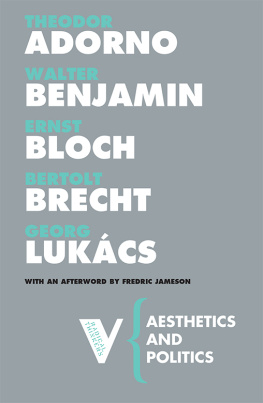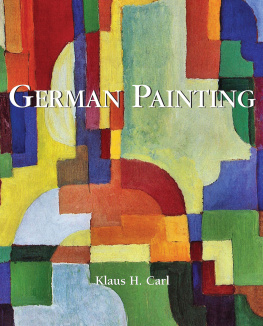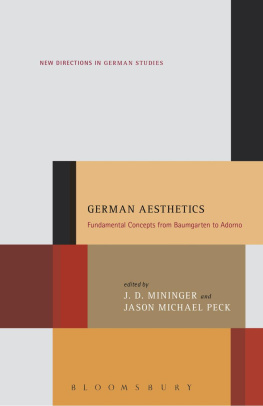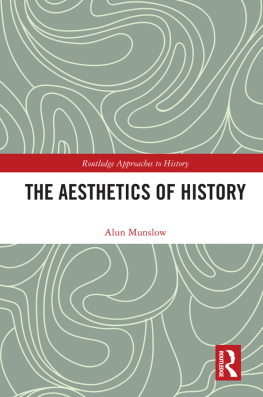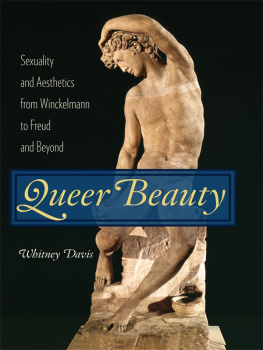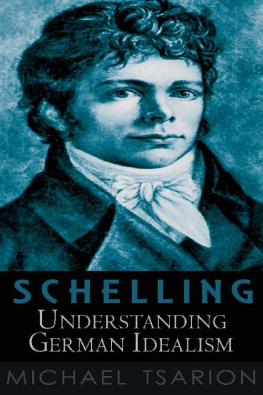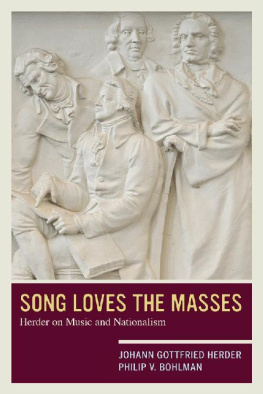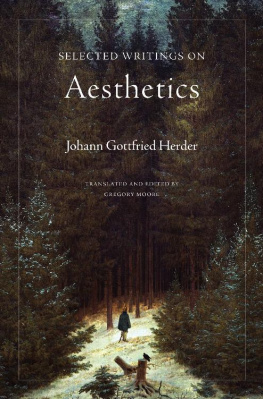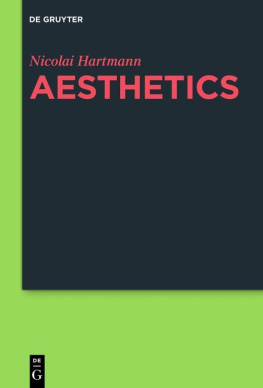1.1.1 Rediscovering Romantic/Idealist Figurative Aesthetics
[Paintings] are not hanging there, so that our eye can see them; rather, so that one can penetrate them ( in sie hineingehe ) with a sympathetic heart, and live and breathe in them. A precious painting is not a paragraph of a textbook that I can discard as a useless husk after having easily extracted the meaning of the words. Rather, by exceptional artworks the pleasure continues always, without interruption. We believe we can penetrate in them ever more deeply, and yet they stimulate our senses always afresh, nor do we see any limit to the enjoyment of our soul. An eternal life-oil ( Ein ewiges brennendes Lebenshl ) burns in them, which never extinguishes itself before our eyes.
(Wilhelm Henrich Wackenroder, 1795)
Stendhal syndrome, Angel says, is a medical term. Its when a painting, or any work of art, is so beautiful it overwhelms the viewer. Its a form of shock. When Stendhal toured the Church of Santa Croce in Florence in 1817, he reported almost fainting from joy. People feel rapid heart palpitations. They get dizzy. Looking at great art makes you forget your own name, forget even where youre at. It can bring on depression and physical exhaustion. Amnesia. Panic. Heart attack. Collapse.
Just for the record, Misty thinks Angel Delaporte is a little full of shit.
(Chuck Palahniuk, Diary )
This book explores the largely forgotten, remarkable efflorescence of a German aesthetics of figurative art, which unfolded between 1754 and 1828. The most significant stars in this romantic and idealist textual constellation are: Johann Joachim Winckelmanns Reflections on Imitations of Greek Art (1754) and his History of the Art of Antiquity (1764), Frans Hemsterhuis Letter on Sculpture (1765), Johann Gottfried Herders Sculpture (1778), Karl Philipp Moritzs On the Figurative Imitation of the Beautiful (1788), Wilhelm Henrich Wackenroders Heart-Outpourings of an Art-Loving Monk (1798), August Schlegels dialogue The Paintings (1798), Friedrich Schlegels Descriptions of Paintings (18021805), Friedrich Schellings On the Relationship between the Figurative Arts and Nature (1807), and Georg Wilhelm Friedrich Hegels Lectures on Fine Art (18171828). With the exception of Hans Hemsterhuis (who was Dutch), all of these thinkers are German.
Despite often considerable differences in substance and style, these writings are--in varying degrees--remarkably open to the possibility that precisely as an object of aesthetic contemplation, the figurative artwork can address the spectator as an individual, about the very meaning and direction of his or her existence (Paskow 9).
These writers share also a considerable interest into artworks that were once religiously significant, whether they may be Greek torsos or Christian altarpieces. Such attention should not be confused with a reactionary sacralization of art. In varying degrees, these thinkers acknowledge that their engagement of images took place from a position of mourning and loss. As Hegel pointed out, the age of the religion of art is gone forever (PhG sec. 720). By religion of art, Hegel meant a culture (such as that of Ancient Greece and of Medieval Christianity) where the ritual fruition of sacred art is the most powerful way in which a community becomes conscious of its specific identity; such fruition is also the place where a community gets its deepest experience of the divine. But for us moderns, Hegel continues, the figurative art of the past has lost the power to catalyze such epiphanies: the statues are only stones from which the living soul has flown (PhG sec. 753). If in its original setting the artwork was a fruit connected to the living tree of social self-consciousness, nowadays it is beautiful fruit already plucked from a tree without the actual life in which they existed, nor the tree that bore them (sec. 753). But the other members of this critical tradition, from Winckelmann all the way to Friedrich Schlegel, were open to the possibility that our modern engagement of the art of the past be more than "the wiping off of some drops of rain or specks of dust from these fruits..." (sec. 753). Writing in an age that witnessed the rise of the museum, these intellectuals knew first-hand how many paintings and statues had been deracinated from their original matrix. Gone was the cultic or civic rituals that had formed the original matrix of artworks and influenced their original meaning. Nevertheless, these thinkers believed that religious artworks were not just objects of refined connoisseurship, even when they were serially arranged in galleries.
These thinkers had at their fingertips the language of the connoisseur, certainly, and made use of the accustomed vocabulary, such as, serpentinato, contrapposto, chiaroscuro, morbidezza, and disegno. But they engaged aesthetic properties not merely as a formal affair. Rather they are interested in how beauty, grace, dignity, and sublimity stand vis--vis pictorial content in a relationship of mutual enrichment and/or complication. They are also mindful of how such an interplay of form and matter can intimately engage the spectator in radical questions of theology, ontology and ethics. It is this interdisciplinary feature that lead me to label this theoretical constellation as Theo-humanist Figurative Aesthetics, or (more mercifully) Figurative Theo-humanism.
As I will show next, Figurative Theo-humanisms idea of aesthetic experience offers precious resources to the contemporary renaissance of aesthetic discourse.



